The legend of werewolves transforming under the full moon has captivated human imagination for centuries. This eerie phenomenon, deeply rooted in folklore and mythology, continues to inspire modern storytelling, from literature to cinema. The idea that a man can morph into a beast under the lunar glow speaks to something primal within us—a fear of the untamed, the uncontrollable, and the duality of human nature.
The Origins of the Myth
Stories of shape-shifting humans date back to ancient times, with references found in Greek mythology, Norse sagas, and Native American legends. The term "werewolf" itself derives from the Old English "werwulf," meaning "man-wolf." In medieval Europe, the belief in werewolves was so pervasive that it led to real-life trials and executions, much like the witch hunts of the same era. People accused of lycanthropy—the delusion of being a wolf—were often tortured or killed, their supposed transformations blamed on curses, witchcraft, or even divine punishment.
One of the most enduring aspects of the werewolf myth is its connection to the full moon. Ancient cultures observed that the moon’s cycles influenced tides, crops, and even human behavior. It wasn’t a stretch to imagine that the moon’s pull could trigger a physical metamorphosis in those cursed with lycanthropy. The full moon, with its eerie brightness and association with madness (hence the term "lunacy"), became the perfect catalyst for the werewolf’s transformation.
The Science Behind the Superstition
While modern science dismisses the idea of humans turning into wolves, the full moon’s influence on Earth—and possibly on human psychology—is still a subject of debate. Some studies suggest that the moon’s gravitational pull might subtly affect human behavior, though the evidence is far from conclusive. Sleep disturbances, increased emergency room visits, and even crime rates have been loosely correlated with lunar cycles, but no definitive link has been established.
Biologically, the concept of transformation touches on themes of genetic mutation and primal instincts. Conditions like hypertrichosis, which causes excessive hair growth, or clinical lycanthropy, a rare psychiatric disorder where patients believe they can turn into animals, might have fueled historical werewolf hysteria. In a way, the werewolf myth serves as a metaphor for the beast within—the idea that civilization is just a thin veneer over our more savage selves.
Werewolves in Popular Culture
From classic films like The Wolf Man to modern series like Teen Wolf, the werewolf remains a staple of horror and fantasy. Unlike vampires, who are often portrayed as suave and aristocratic, werewolves embody raw, unchecked power. Their transformations are painful, violent, and often involuntary, symbolizing loss of control and the struggle between humanity and monstrosity.
Literature, too, has explored the werewolf’s duality. In novels like The Howling or Cycle of the Werewolf, the creature is both predator and victim, cursed to live between two worlds. Even in children’s stories, such as the Harry Potter series, the werewolf is a tragic figure—a reminder that not all monsters choose to be what they are.
The Psychological Allure
Why does the werewolf myth endure? Perhaps because it reflects universal human fears and desires. The transformation can be seen as a metaphor for puberty, mental illness, or even the unleashing of repressed emotions. The idea that something inside us—something wild and dangerous—could break free is both terrifying and thrilling.
In a world where we increasingly control our environment, the werewolf represents chaos. It defies reason, science, and societal norms. And yet, there’s a strange appeal in the idea of surrendering to instinct, if only for one night under the full moon.
Conclusion
The werewolf’s full moon transformation is more than just a scary story. It’s a reflection of humanity’s oldest fears and fascinations. Whether as a cautionary tale, a psychological allegory, or a cinematic thrill, the myth persists because it speaks to something deep within us—the fear of what we might become when the light of reason fades, and the beast within takes over.
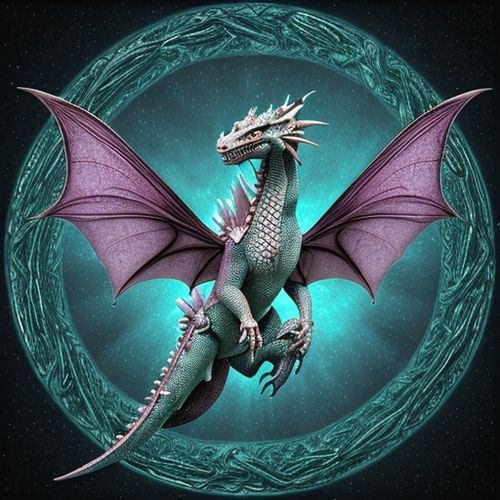
By James Moore/Apr 29, 2025
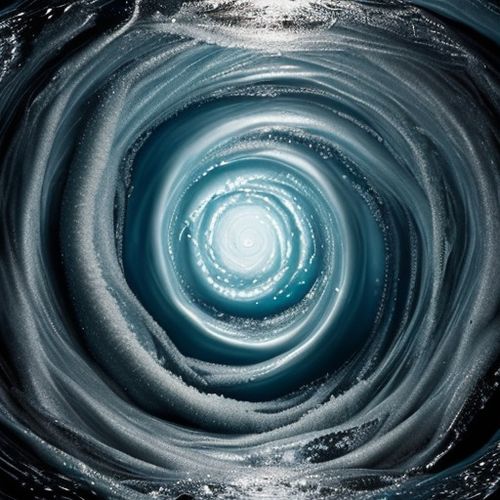
By Lily Simpson/Apr 29, 2025

By Emma Thompson/Apr 29, 2025
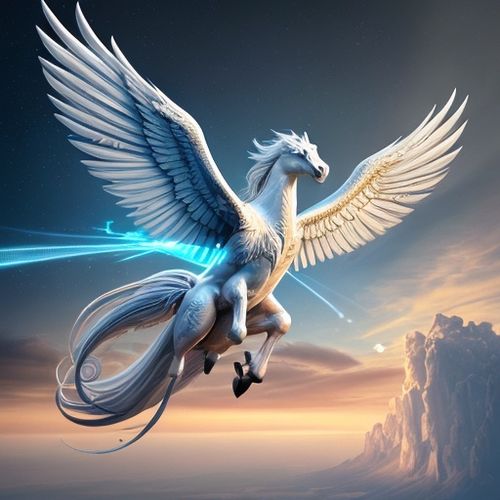
By Natalie Campbell/Apr 29, 2025
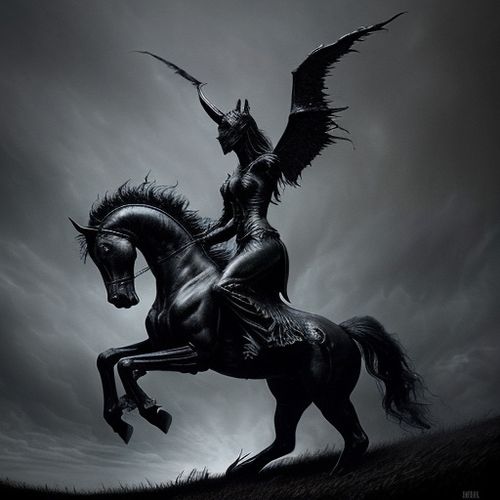
By William Miller/Apr 29, 2025
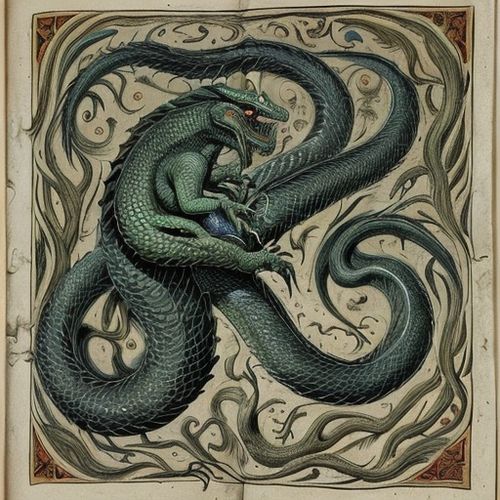
By Grace Cox/Apr 29, 2025
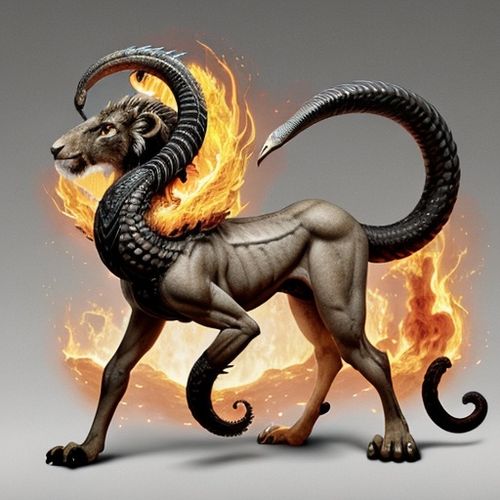
By James Moore/Apr 29, 2025
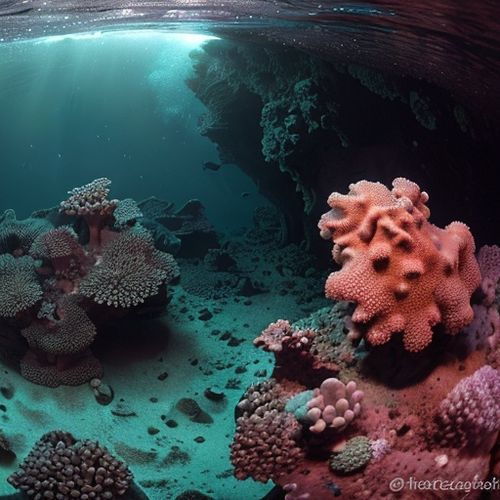
By Eric Ward/Apr 29, 2025
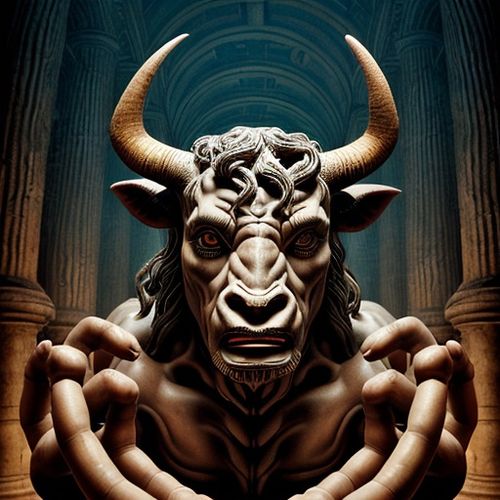
By Noah Bell/Apr 29, 2025
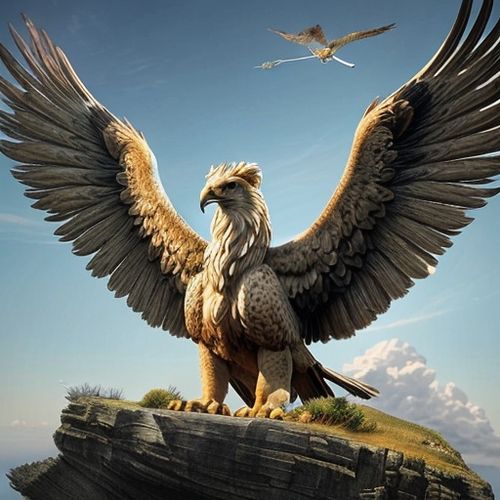
By Victoria Gonzalez/Apr 29, 2025
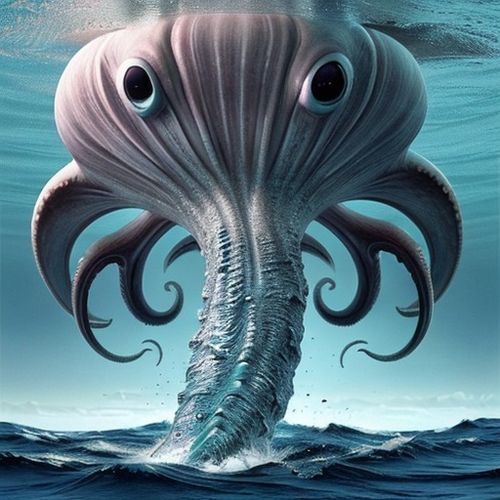
By Natalie Campbell/Apr 29, 2025
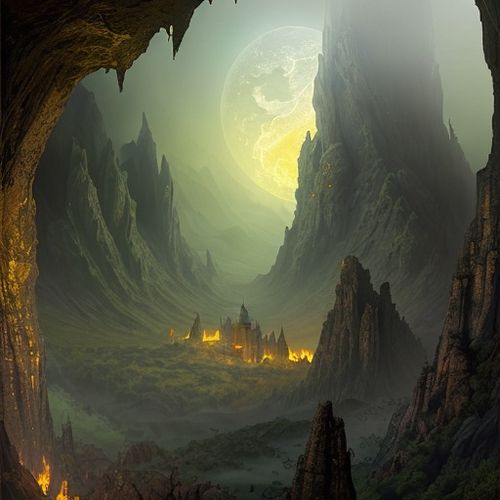
By Eric Ward/Apr 29, 2025
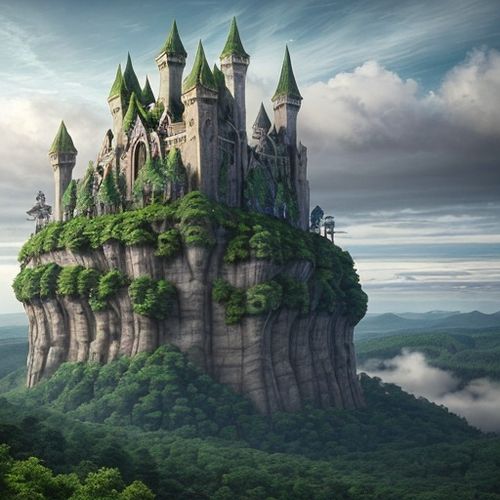
By Sarah Davis/Apr 29, 2025
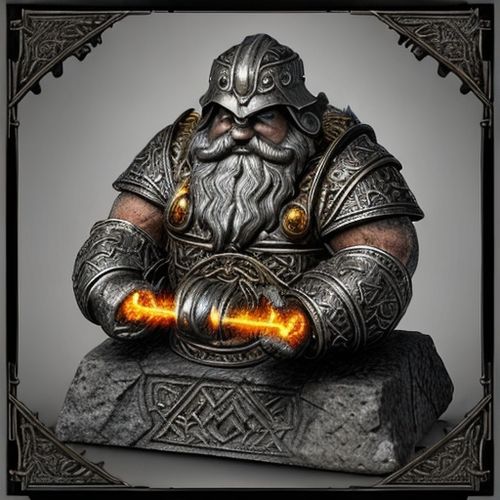
By Emma Thompson/Apr 29, 2025
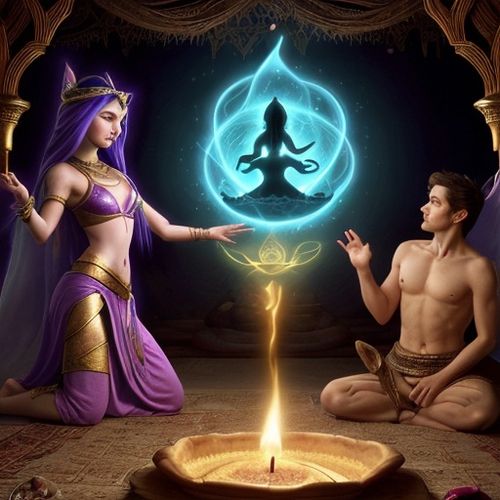
By Megan Clark/Apr 29, 2025
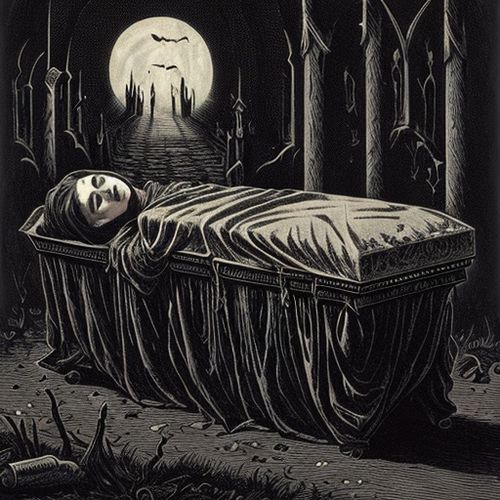
By Lily Simpson/Apr 29, 2025
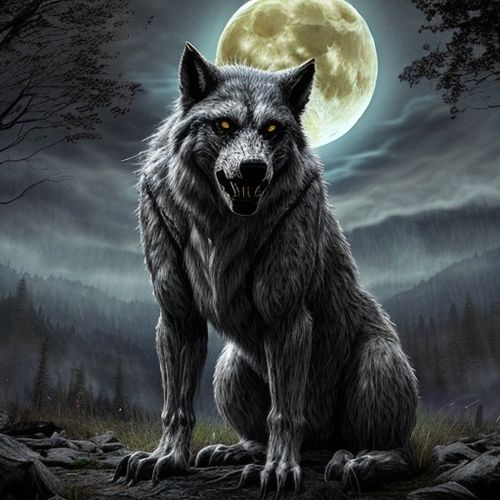
By William Miller/Apr 29, 2025
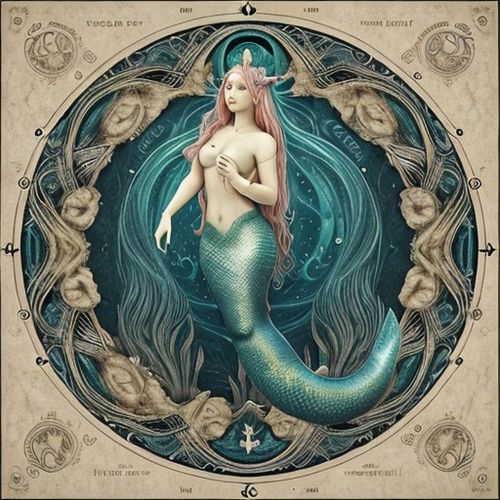
By Rebecca Stewart/Apr 29, 2025
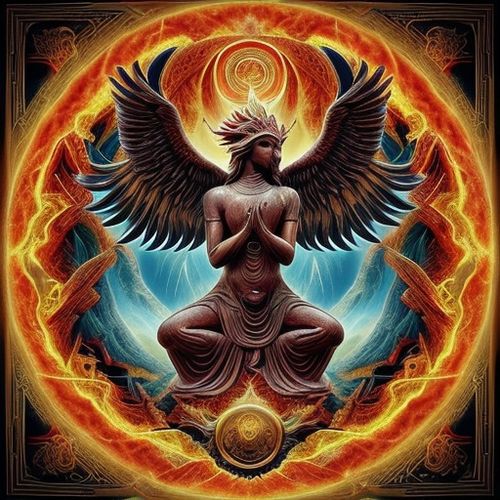
By Rebecca Stewart/Apr 29, 2025